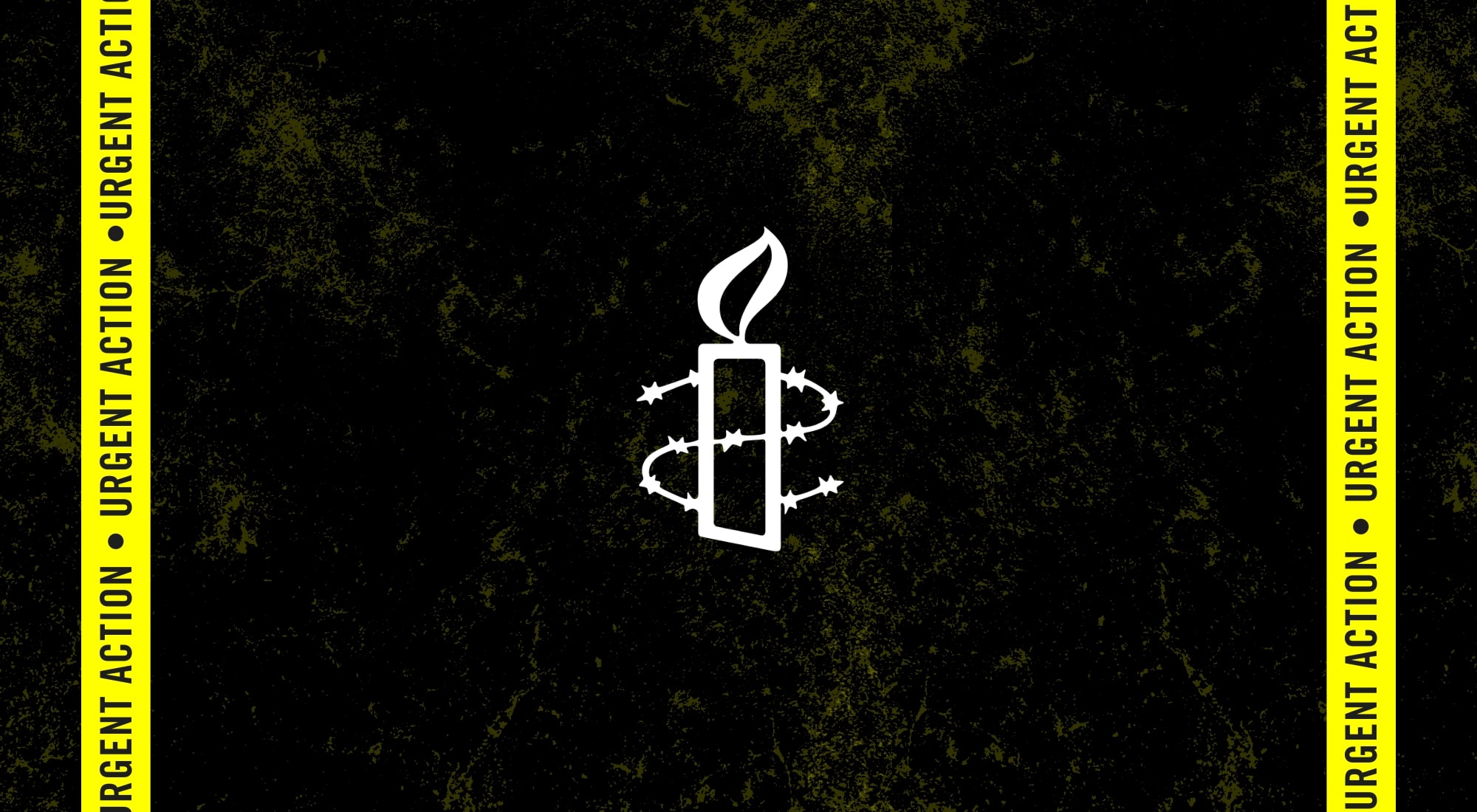WHAT IS THIS CASE ABOUT?
This case concerns the proposal of Taseko Mines Limited to dig a gold-copper mine on the traditional territory of the Tsilhqot’in indigenous peoples near Teztan Biny and Fish Lake in British Columbia. The proposed mine pit would reach a diameter of up to 1.6 km, be surrounded by an exclusion area of almost 30 km2, and operations would bury large tracts of traditional land under a 12km2 tailings pond. The Tsilhqot’in people had previously established legal rights to continue cultural practices such as fishing and capture of wild horses throughout their traditional territory, and opposed the mine on the basis that it would have a severe impact on these rights.
The proposed project had to undergo an environmental assessment process by a review panel under the Canadian Environmental Assessment Act, 2012 (CEAA). The CEAA review panel was mandated to consider potential impacts of the mine on Aboriginal peoples’ health, socio-economic conditions, heritage, and traditional use of lands. Under the CEAA, the review panel was required to work in cooperation with the Tsilqot’in and other affected Indigenous peoples and take into consideration their traditional knowledge systems.
AMNESTY INTERNATIONAL’S INTERVENTION
Amnesty International was one of several organizations invited by the review panel to provide submissions on the environmental assessment of the New Prosperity Gold-Copper Mine Project. Our submissions spoke to both constitutional and international law respecting Indigenous peoples’ human rights, arguing that the consideration of the proposed New Prosperity Copper-Gold Mine project must be conducted and determined in a manner that is consistent with both. In particular, we argued that the vital importance of lands, territories and resources to Indigenous peoples’ culture, health, well-being, and other rights requires a very high standard of precaution in all decisions potentially affecting Indigenous peoples’ ownership and use of their traditional lands. International human rights law requires governments to meaningfully involve Indigenous peoples in decision-making processes affecting their rights so that their experience, knowledge, expertise, and values can inform the outcome. Where there is potential for significant harm, projects should proceed only with the free, prior, and informed consent of the affected Indigenous peoples.
STATUS OF THE CASE
In late October, 2013, the review panel concluded that the proposed mine would have “severe” and “irreversible” impacts on the culture and traditional practices of the Tsilhqot’in people. The panel also found a wide range of serious environmental impacts on the lakes, rivers, and wetlands of the area. The panel report cites international human rights standards as one of the factors shaping its determination of the seriousness of the proposal’s potential impacts on the Tsilhqot’in peopleIn a decision released on 26 February 2014, federal Environment Minister Leona Aglukkaq said that the significant environmental impacts of the proposed mine could not be justified.
The Tsilhqot’in people’s ownership over their land and their right to manage it according to their own customs and values was also recognized by the Supreme Court of Canada in 2014. To learn more about our intervention in that case, click here.
LEGAL RESOURCES
Report of the Federal Review Panel on the New Prosperity Gold-Copper Mine project
Canada’s decision statement rejecting the New Prosperity Mine proposal
MEDIA
“Good News: Victory in Tsilhqot’in struggle against proposed New Prosperity Mine which threatened their land and culture” (27 February 2014)
“Background: Environmental Impact Assessment of the Proposed New Prosperity Mine” (27 February 2014)
“First Nations Celebrate Federal Rejection of New Prosperity Mine proposal” (27 February 2014)
“New Prosperity Mine: Canada must heed warning that proposed mine would have severe impacts on Indigenous rights” (4 November 2013)
“Severe impacts on Aboriginal rights too high a price for mine development” (4 November 2013)
“Amnesty to participate in review of proposed ‘New Prosperity’ mine in British Columbia” (12 October 2012)





















